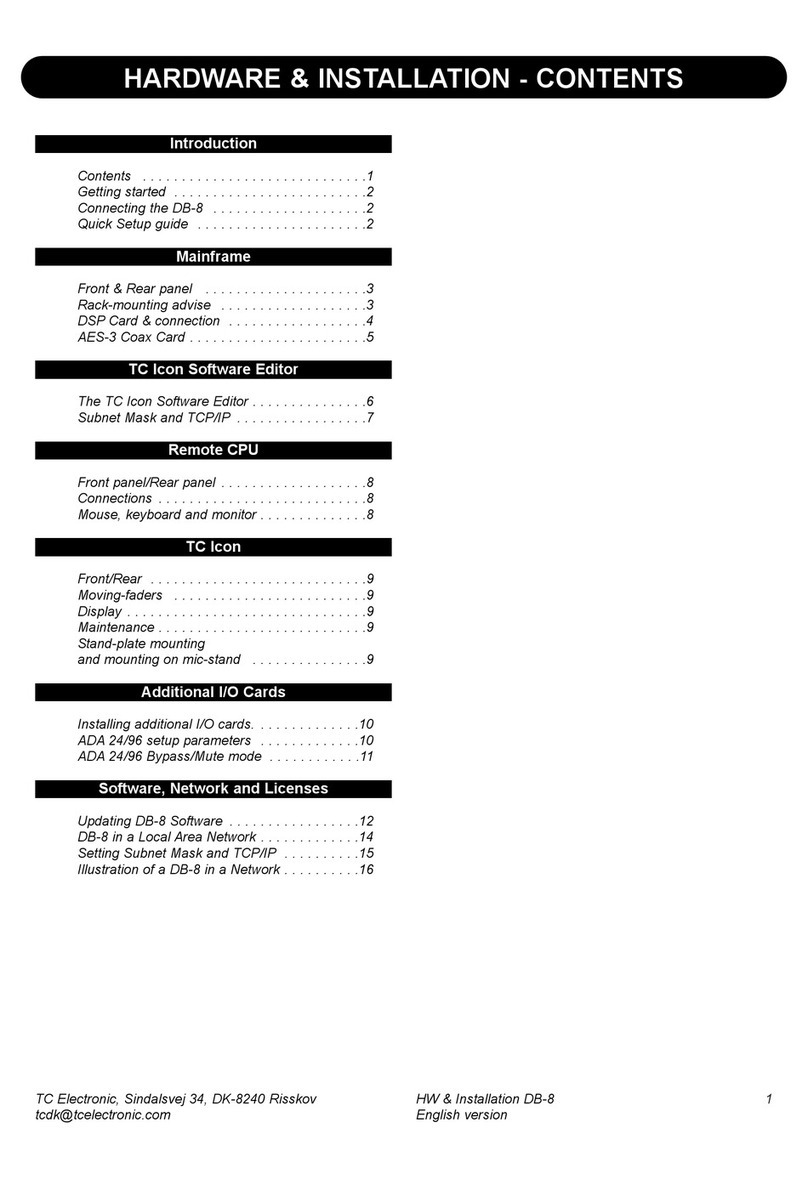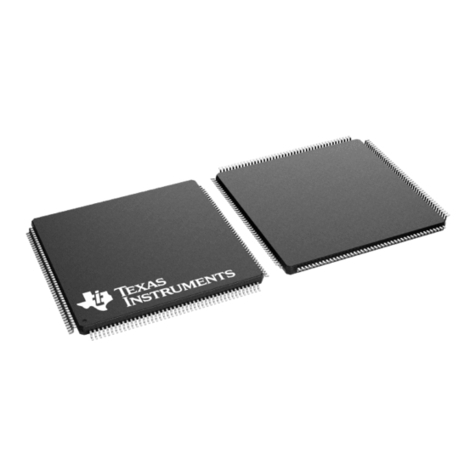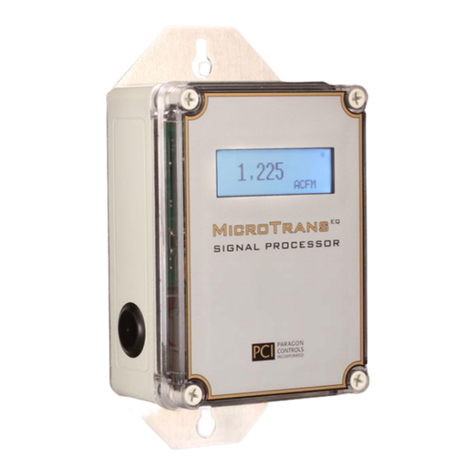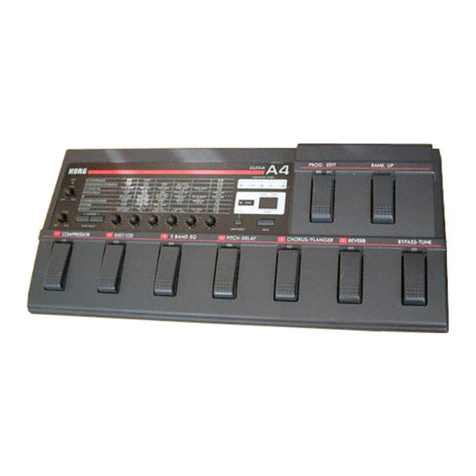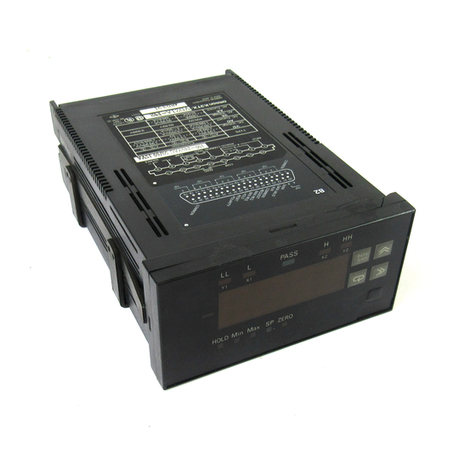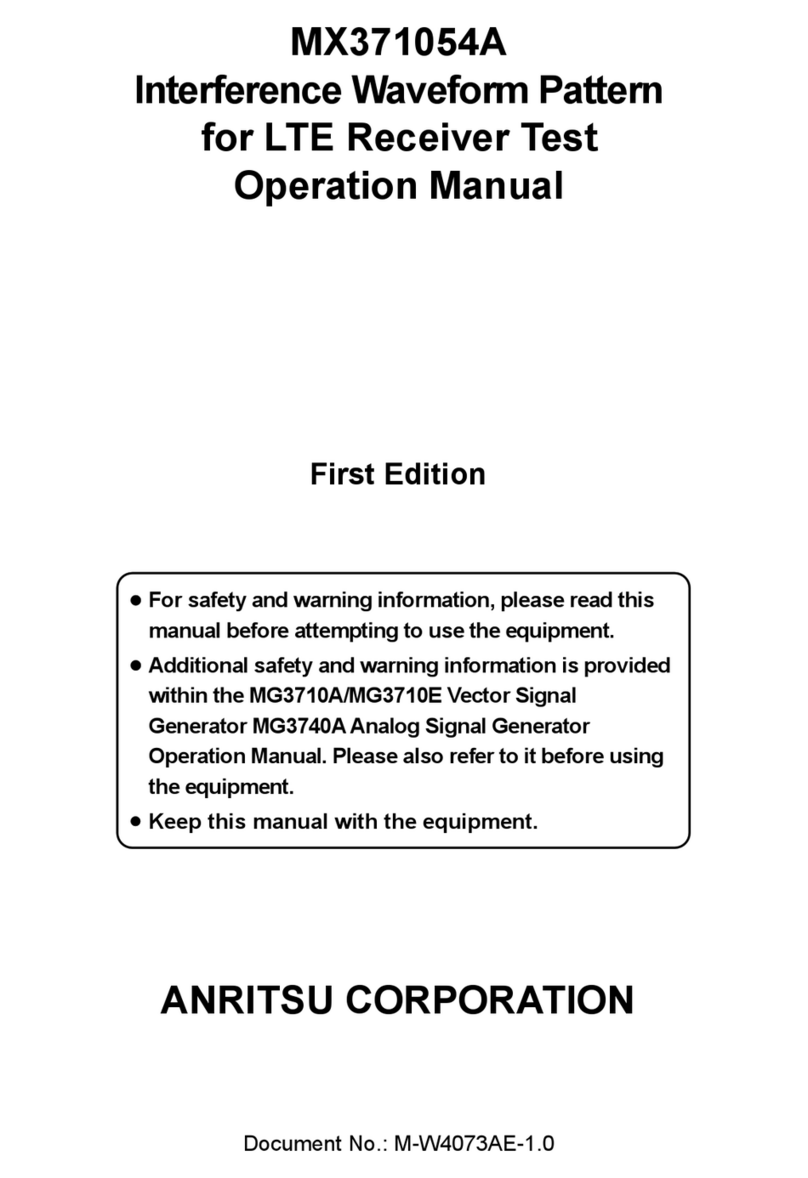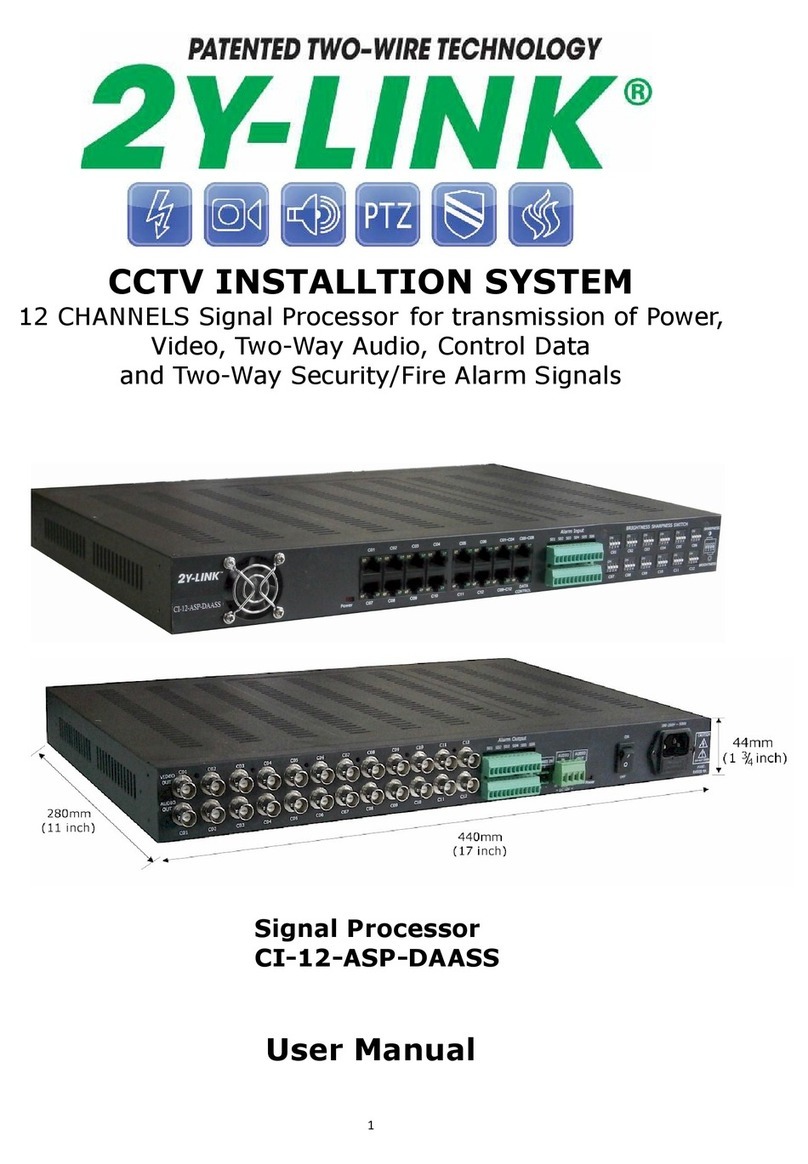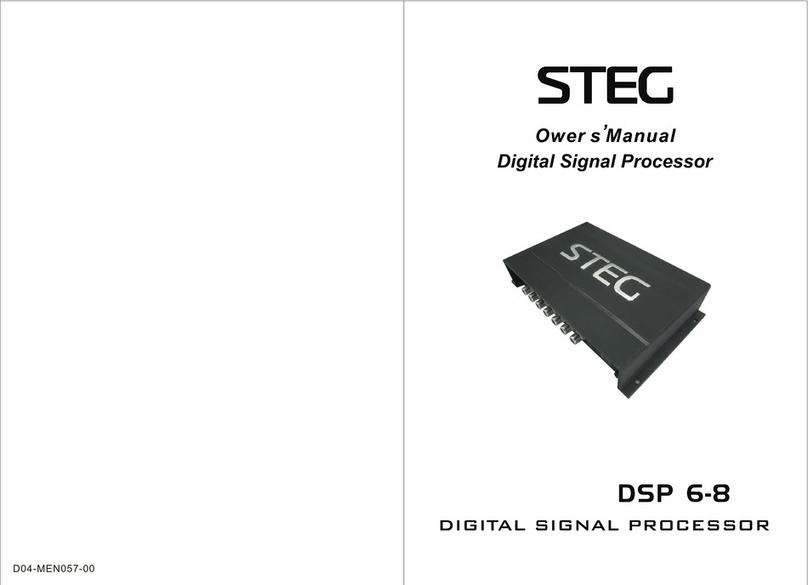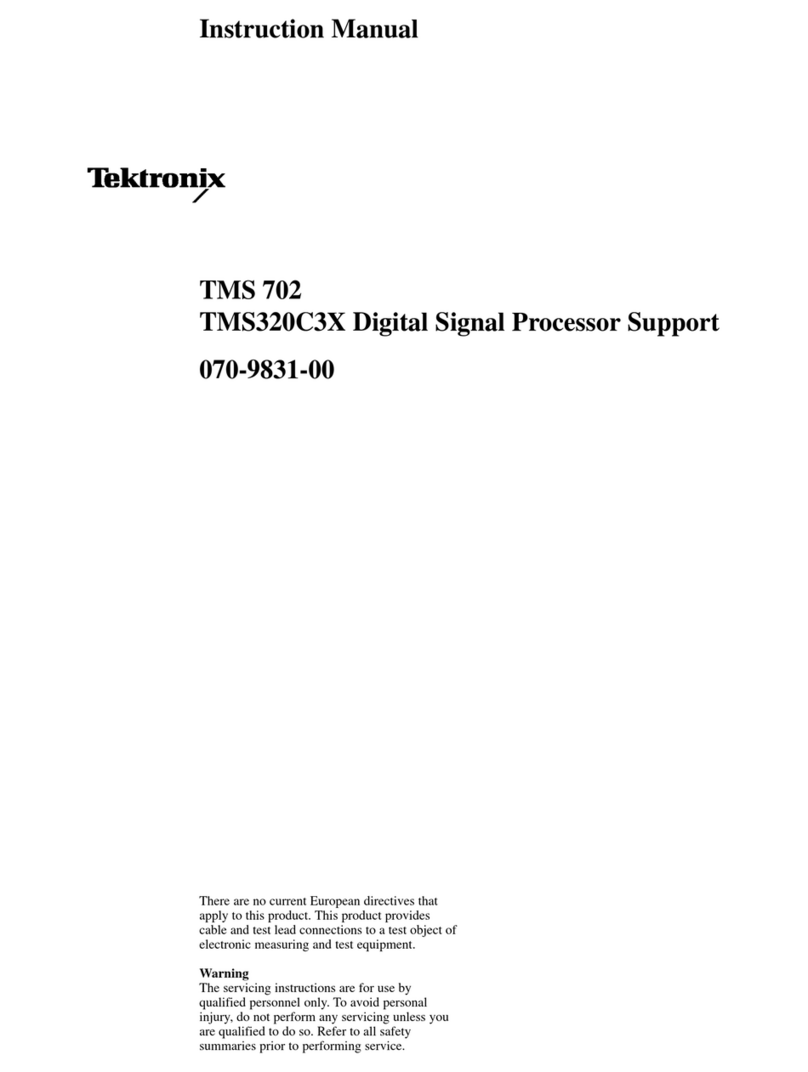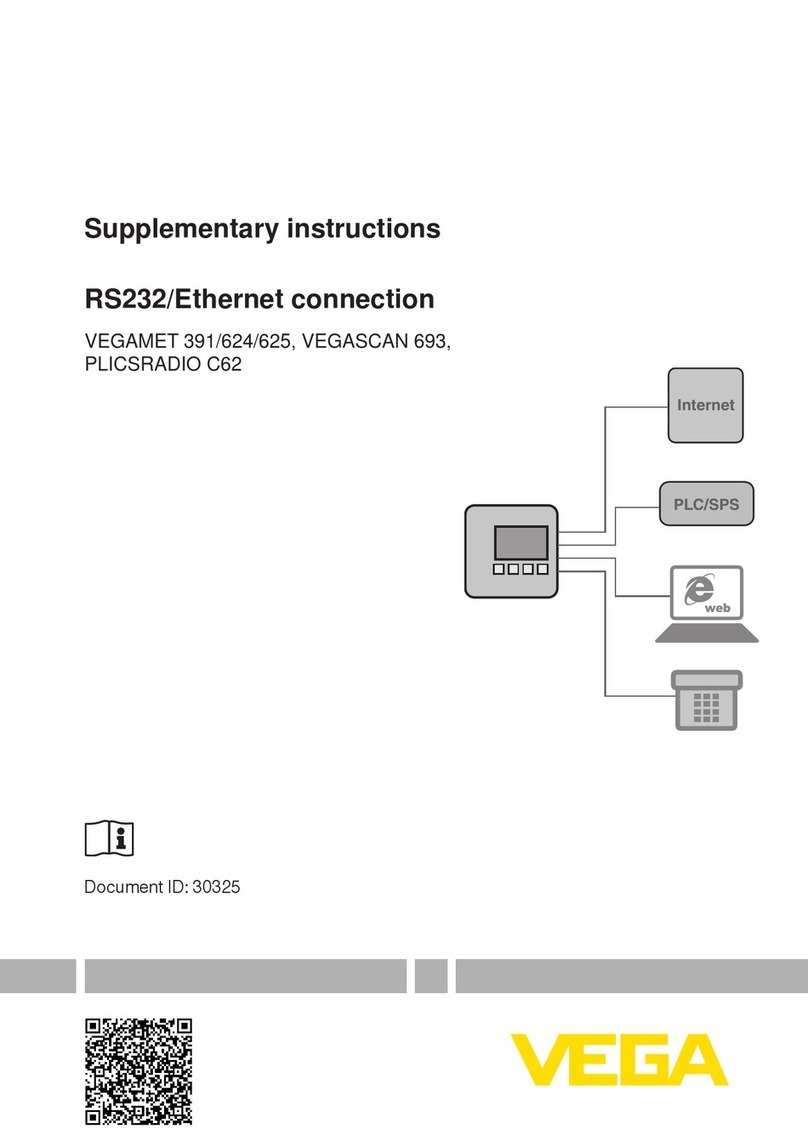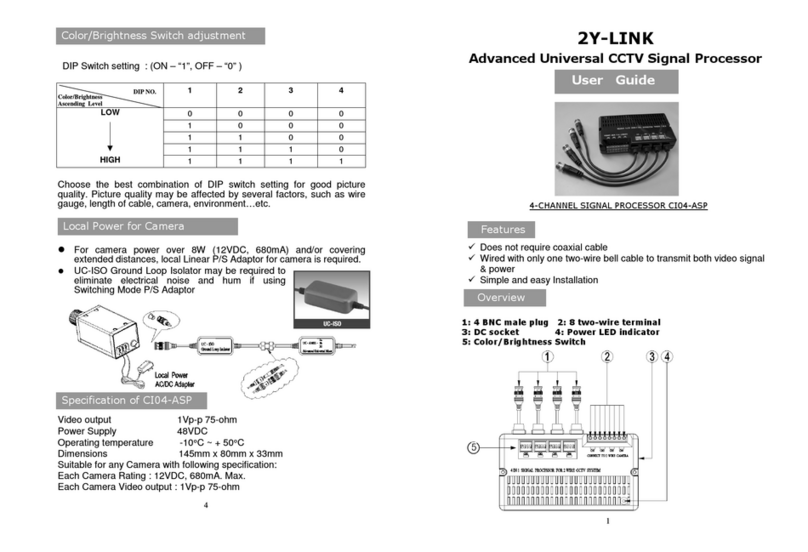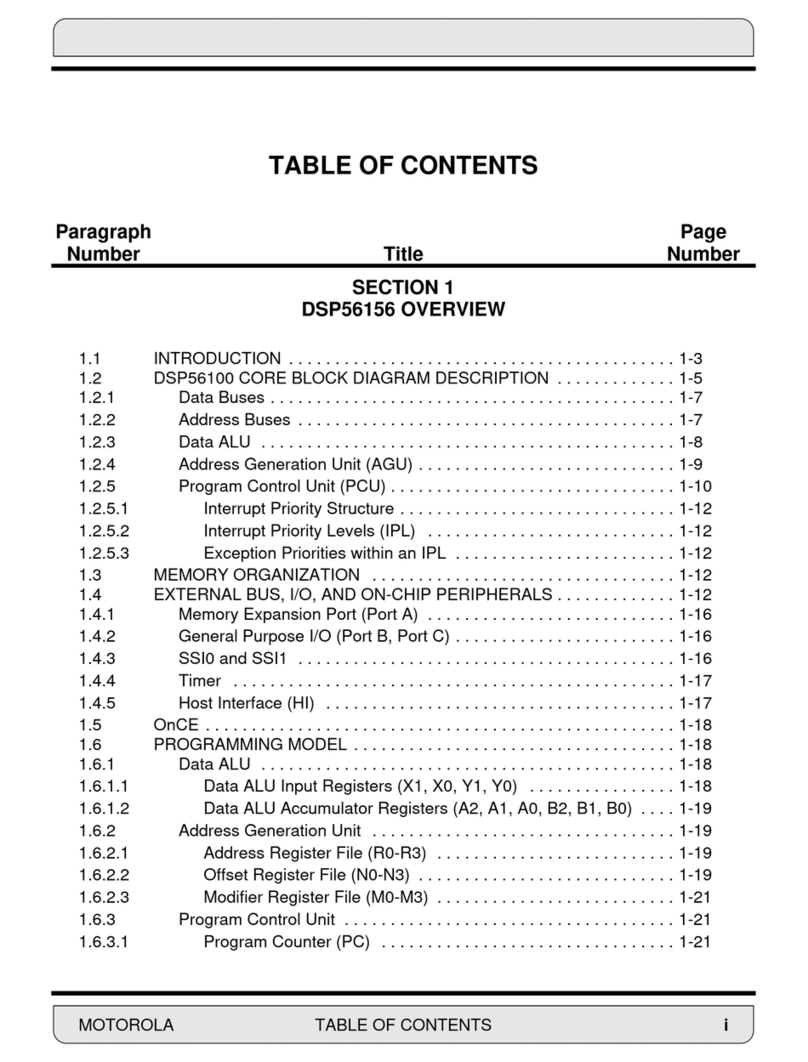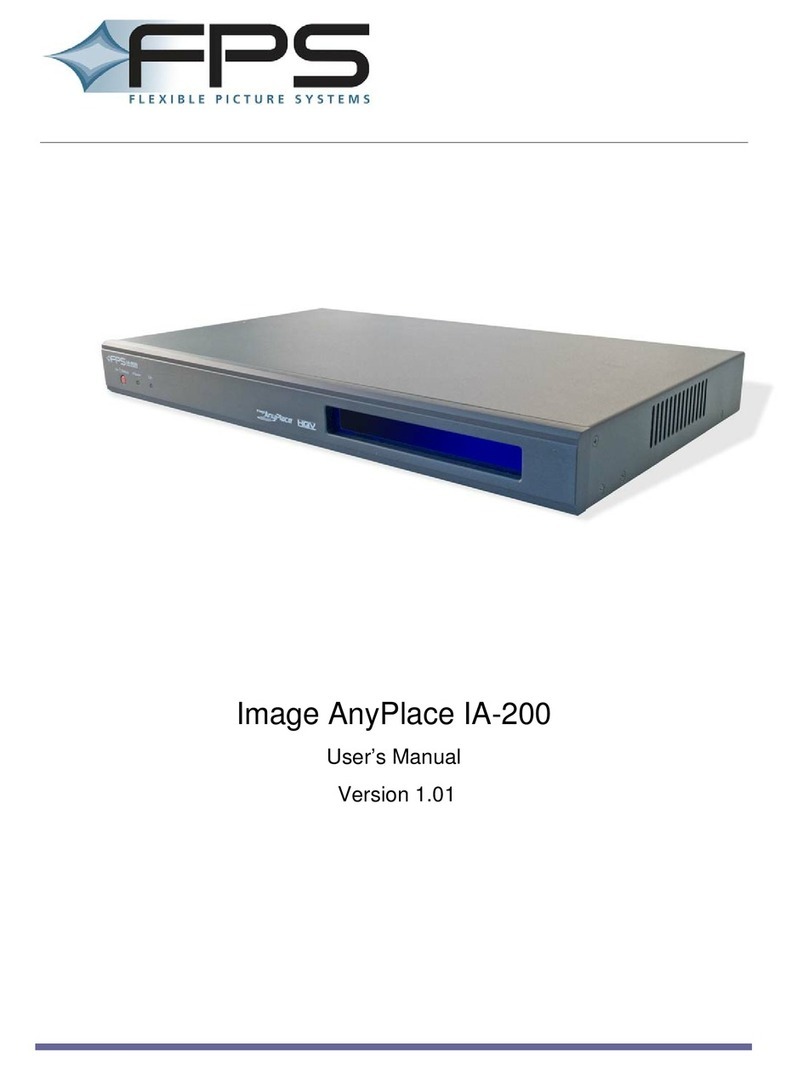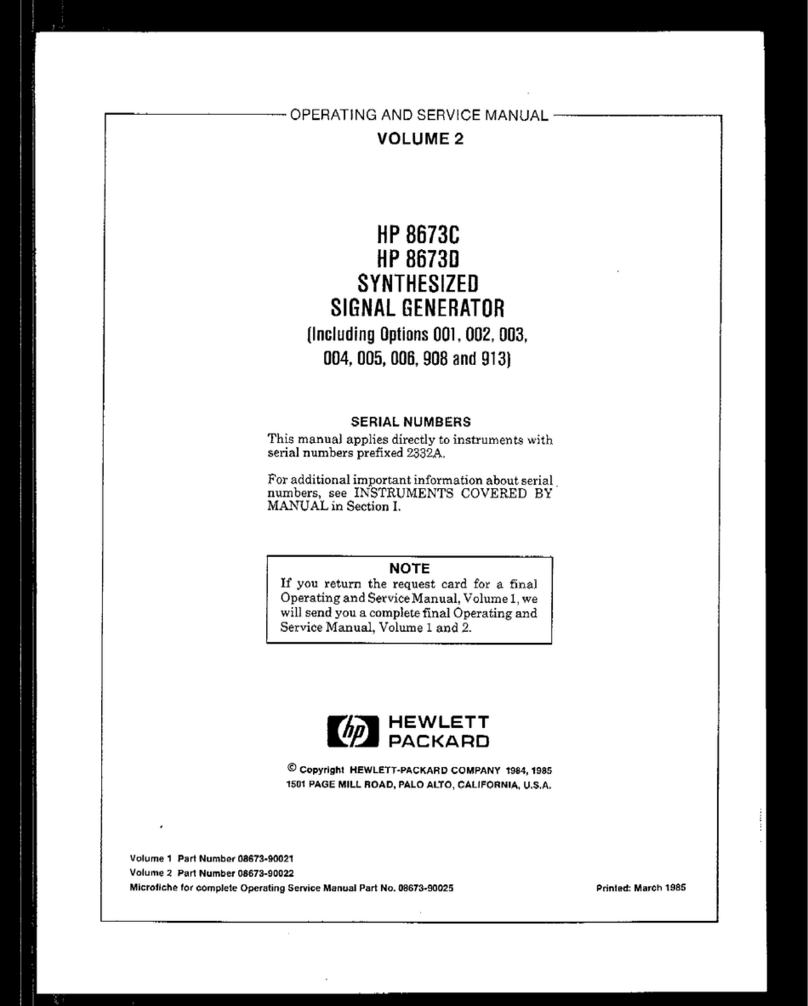
H
5201
7-900K
Vol.
1
NOTES
AND
CAUTIONS
1
ELECTRICAL
SAFETY
PRECAUTIONS
This equipment is protected in accordance with
IEC
Safety Class
1.
It
has been
The following pre
-
designed and tested according to
IEC
Publication
348,
'Safety Requirements for Electronic
Measuring Apparatus', and has been supplied in a safe condition.
cautions must be observed by the user to ensure safe operation and to retain the equip
-
ment
in
a safe condition.
Defects and abnormal stresses
Whenever
it
is likely that protection has been impaired, for example as a result of
damage caused by severe conditions of transport or storage, the equipment shall be made
inoperative and be secured against any unintended operation.
Removal of covers
Removal of the covers is likely to expose live parts although reasonable precautions
have been taken
in
the design of the equipment to shield such parts.
shall be disconnected from the supply before carrying out any adjustment, replacement or
maintenance and repair during which the equipment shall be opened.
maintenance or repair under voltage is inevitable
it
shall only be carried out by a
skilled person who is aware of the hazard involved.
The equipment
If any adjustment,
Note that capacitors inside the equipment may still be charged when the equipment
has been disconnected from the supply. Before carrying out any
work
inside the equip
-
ment
,
capacitors connected to high voltage points should be discharged; to discharge
mains filter capacitors, if fitted, short together the
L
(live) and N (neutral) pins of
the mains plug.
Mains plug
The mains plug shall only be inserted
in
a socket outlet provided with a protective
earth contact.
lead without protective conductor.
or outside the equipment is likely to make the equipment dangerous.
The protective action shall not be negated by the use of an extension
Any interruption of the protective conductor inside
Fuses
Note that there is a supply fuse in both the
live
and neutral wires of the supply
lead.
remain at supply potential.
If
only one of these fuses should rupture, certain parts of the equipment could
To provide protection against breakdown
of
the supply lead, its connectors,
and
filter where fitted, an external supply
fuse
(e.g. fitted
in
the connecting plug) should
be used in the
live
lead. The fuse should have a continuous rating not exceeding
6
A.
Make sure that only fuses with the required rated current and of the specified
type
are used for replacement.
holders shall be avoided. The use of mended fuses and the short
-
circuiting of fuse
July
83
(Am.
3)
Page
(iii)


